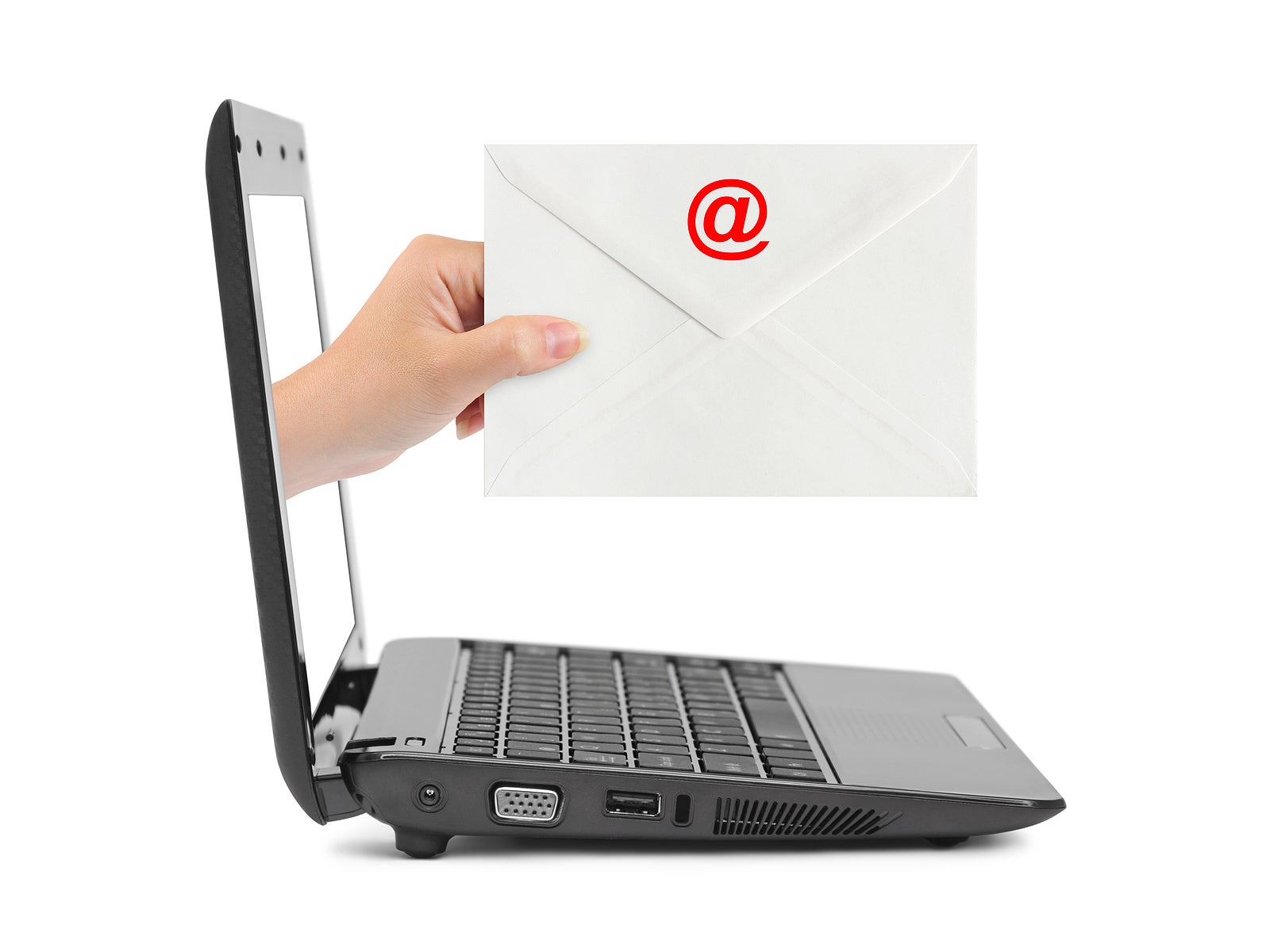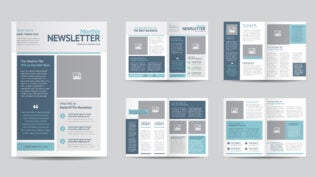
Email marketing allows businesses to reach current and potential customers in the place they go every single day – their inbox.
But how do you make sure that your emails are opened when they reach your subscribers?
You can create brilliant and engaging content, but if people do not open your emails, then they will not become your customers.
Even if your business already has a quite strong open rate, once numbers start to slow down, you’re probably wondering what you can do to push them in the right direction.
Today, I will help you improve the open rate of your next email campaign.
What is the open rate in email marketing?
Email open rate is the percentage of subscribers who open a specific email. These rates usually vary depending on the email subject line and the relevancy. Let’s take a look a the best open rate strategies which will boost your business.
According to Sender, email marketing metrics, and KPIs in 2020, the average open rate is 24.04%. In the past two years, it has improved by 2%.

How to boost email open rates by 32%
Today I will analyze a case study of an Etsy seller who produces cute, handmade stickers. Every month, this seller sends a newsletter with her stickers catalog, discounts, and journaling ideas/tips.
This Etsy seller improved her email open rate and sales when she tried these 6 strategies.
1. Create engaging subject lines
As mentioned before, your subject line is one of the essential parts of your email; this is the first thing your subscribers see when they open their inbox. Like an article headline or the tagline of an ad, your subject line is meant to draw attention and get someone interested in what you have to offer.
Invest some time in your subject line and analyze previous email campaign metrics before hitting send. Here are some ideas to help you get started:
- Question: Using a question in your subject line is a great way to engage and make a more personal connection with the subscribers viewing your emails.
For example:

- Command: Sometimes, it pays off to be direct with your subscribers and tell them what you want them to do.
For example:

- Tease: Believe it or not, but people love to be teased sometimes. And if the teaser stimulates interest, then it will attract subscribers to read on.
For example:

- Listing: It’s easier for people to consume the information if it is listed.
For example:

- Announcement: If your email’s goal is to announce something new, then you don’t have to make things complicated.
For example:

2. Check your sign-up process
People will open your emails only if they subscribed themselves for it, and your newsletters fulfill their expectations. It’s your responsibility to make sure that your subscribers understand what they are signing up for.
Make sure that your subscriber understands this:
- What value they will get from your newsletters
- How often they will receive your emails
- What they can expect to get
Here’s a good example of a subscriber sign-up form:

3. ‘From’ subject line
The from field lets subscribers know who the email sender is. If you’re not considering carefully the information you write in this field, you could be making it difficult for people to recognize your email.
People are usually skeptical of emails when they don’t know the sender, which creates a possibility to mark your email as spam.
Use a familiar from name and from email address that represents your company.
Also, use an email address with your business’s name rather than a personal email, Hotmail, Gmail, etc.
4. Know your audience
You may know and understand your consumers’ needs, but how much do you know about the subscribers on your email list?
Do you know why they joined your mailing list? Do you know what topics they’re interested in? Do you know how you could help them?
Understanding your email list is crucial for better results. You can start to target your contacts with more relevant information when you learn more about your mailing list. Here are some ideas to help you:
- Poll: Ask readers to take a quick poll. One question should be enough.
- Survey: Send an extra short 1-3 question survey to find out what topics your subscribers are interested in.

- Ask: If you have people who unsubscribed from your mailing list, ask them why they are leaving to understand the reason and how you could improve.
- Metrics: Always analyze your email campaign results to understand why people are more interested in some topics.
5. Timing
There are specific times of days when your readers are more likely to open your emails.
The easiest way to find the best time to send your newsletters is to split your list into two or more equally sized groups and send the same email during different times of the day (morning, evening, etc.). After a while, you will have the data of what time works for your mailing list.
For example, the Etsy seller above was sending her emails every Monday at 10 am because she saw that her subscribers loved to journal and plan their week at that specific time.
Also, if you are using an email marketing tool like Sender then do not forget to schedule your email campaigns, because 10 am in the USA and Europe is different, and you have to act according to your subscribers.
6. Email automation
Email automation is a crucial element of email marketing.
What is email automation? The use of predefined commands to trigger email communications based on specific actions that consumers take.
For example, a welcome email that is sent when someone signs up for a mailing list or a reminder that a client placed a product in their cart but never finished checking out.
Email automation takes repetitive tasks off your list and improves the open rate. It improves open rates because it sends emails according to subscribers’ actions, and they expect to get an email from you.
The Etsy seller above saw a 32% improvement in open rates when she started using email automation. Let’s analyze what she changed:
- She automatically sent follow-up emails to subscribers who didn’t open her newsletters.
- She automatically sent sign up confirmation forms to new subscribers with a message of what they can expect from her emails.
- She automatically sent her new product’s catalog newsletter to subscribers who clicked on the link in the previous email campaign.
These three email automation examples not only improved her open rates but also increased her sales.
Wrapping up
If you see that your email open rate decreases, don’t give up on email marketing yet, you can still improve.
Firstly, try implementing these strategies: create engaging subject lines, check your sign-up process, review the ‘from’ section, get to know your audience, send emails at the best time, and automate your emails.
Also, don’t forget to follow your email marketing metrics, analyze them, and act accordingly.
Author: Skirmantas Venckus is a writer by day and reader by night. He hates talking about himself in the third person. He is also the growth hacker at Sender.net – the email marketing provider that is focused on user-friendliness, affordability, and utility.

![How to Boost Email Open Rates by 32% [Etsy Case Study]](https://www.jeffbullas.com/wp-content/uploads/2020/07/How-to-Boost-Email-Open-Rates-by-32-Etsy-Case-Study.jpg)













